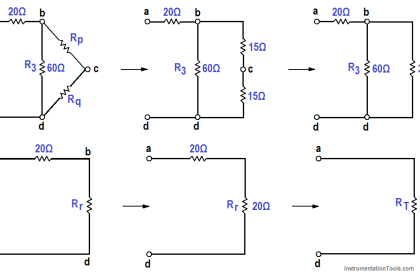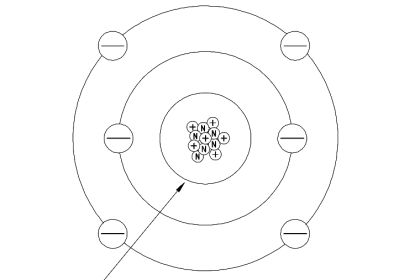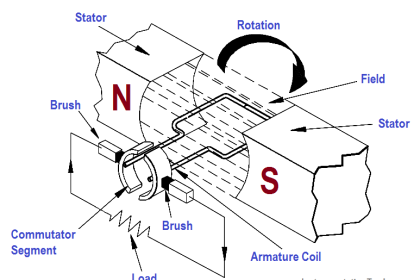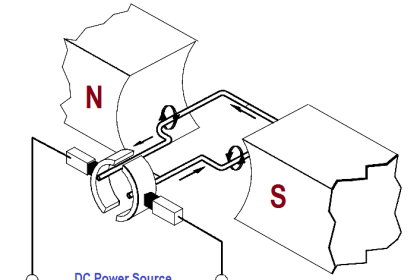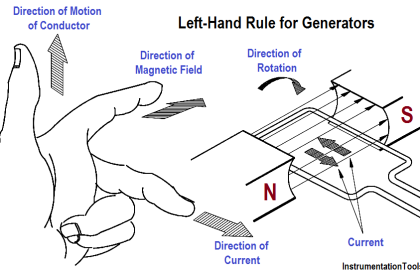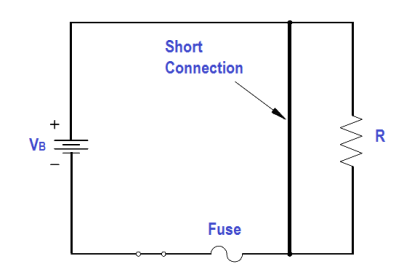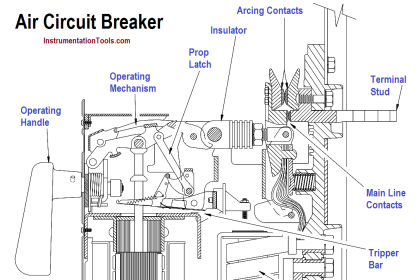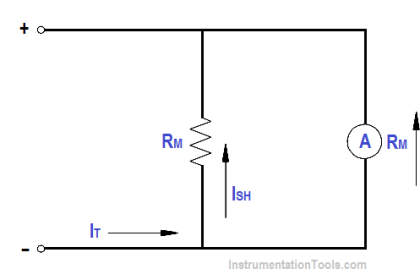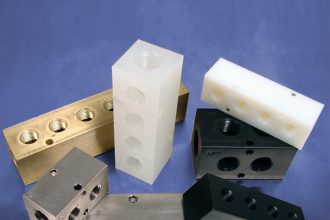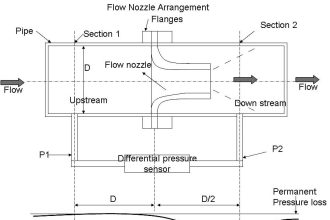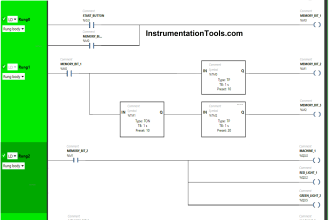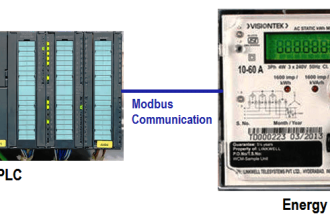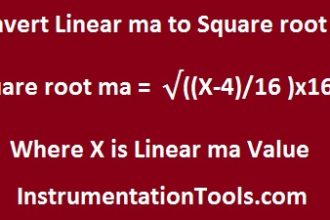A 200 Ω resistor and a 50 Ω XL are placed in series with a voltage source, and the total current flow is 2 amps, as shown in Figure.
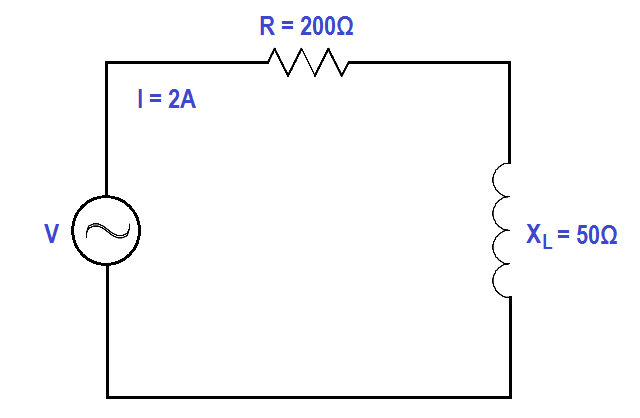
Figure : Series R-L Circuit
Find:
- Power Factor, pf
- Applied voltage, V
- True Power, P
- Reactive Power, Q
- Apparent Power, S
Solution:
1. Calculate Power factor (pf)
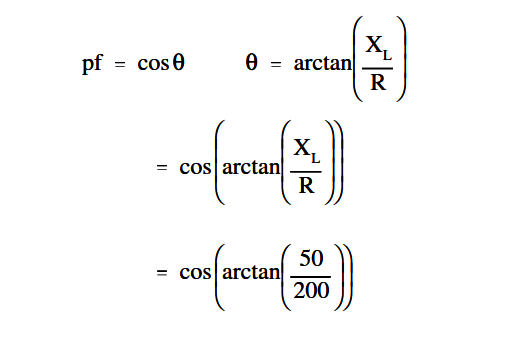
p.f. = cos (14º)
p.f. = 0.097
2. Calculate Applied Voltage, V
V = I Z
Z = √R2 + XL2
so, V = I√R2 + XL2
V = 2√2002 + 502
V = 2√42500
V = 2 x 206.16
V = 412.3 Volts
3. Calculate True Power, P
P = EI cos θ
P = (412.3)(2)(0.97)
P = 799.86 watts
4. Calculate Reactive Power, Q
Q = EI sin θ
Q = (412.3)(2)(0.242)
Q = 199.6 VAR
5. Calculate Apparent Power, S
S = EI
S = (412.3)(2)
S = 824.6 VA
